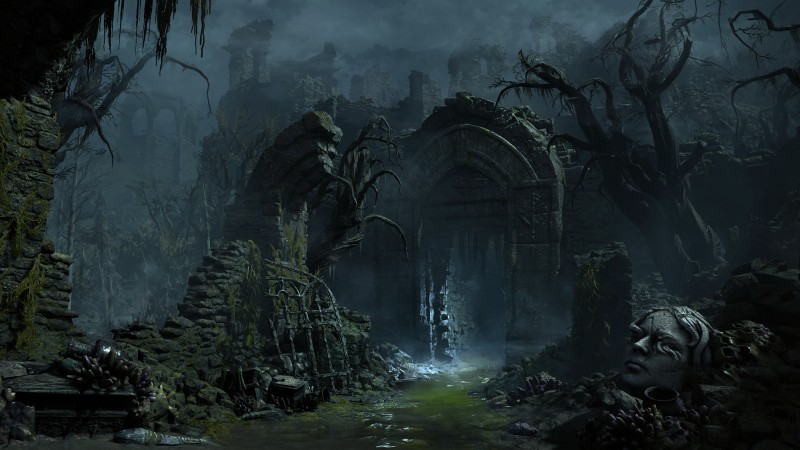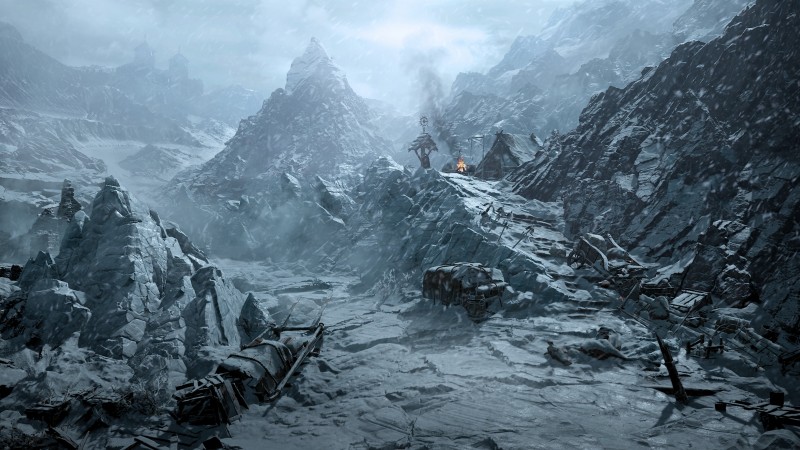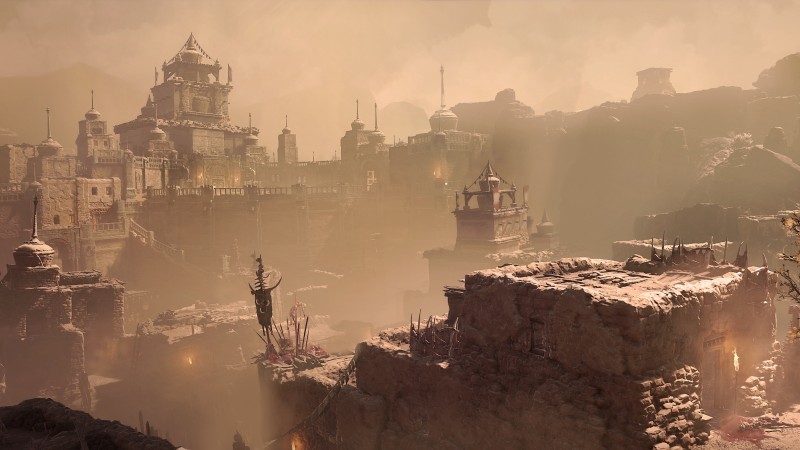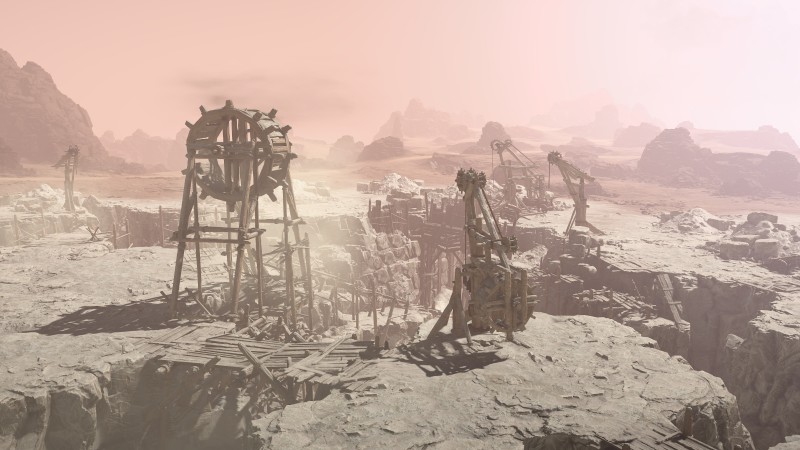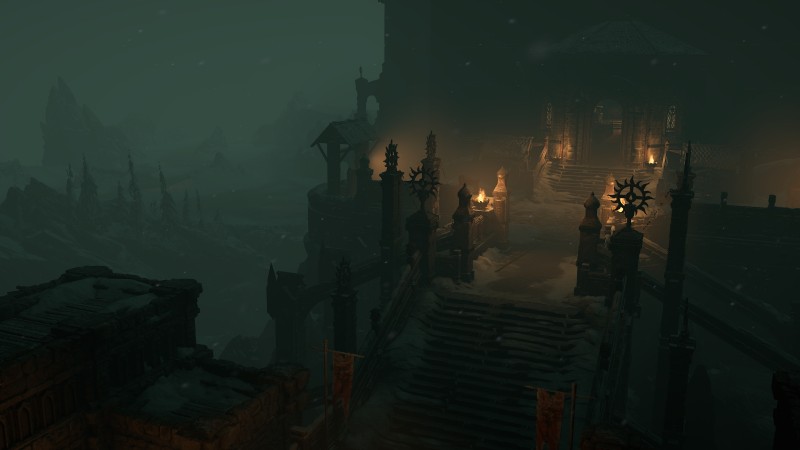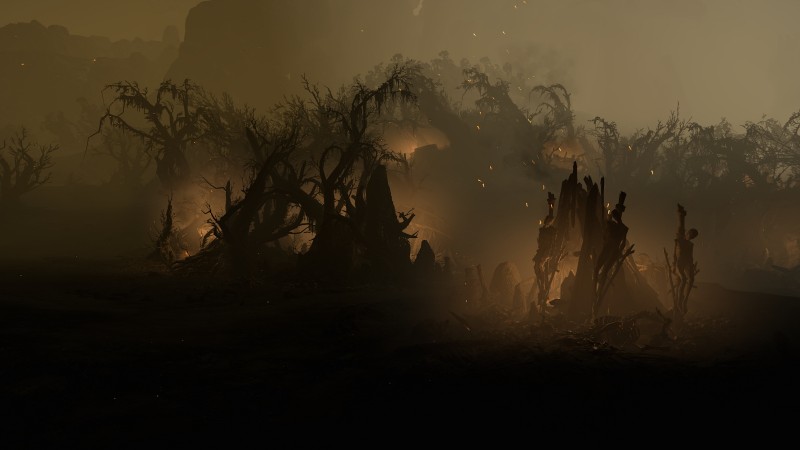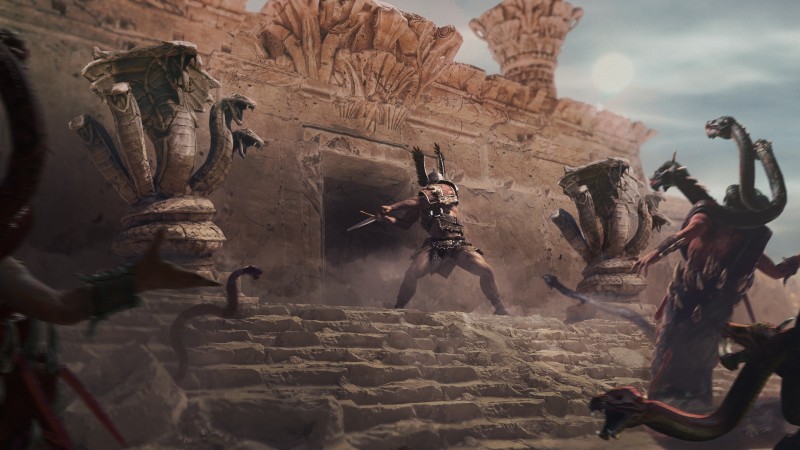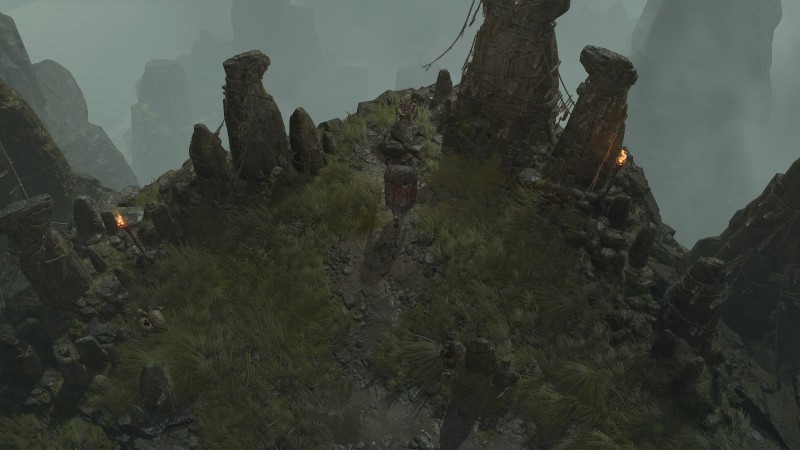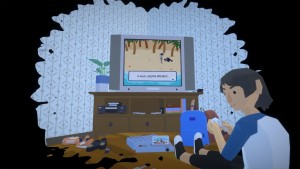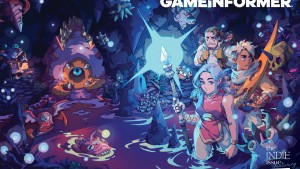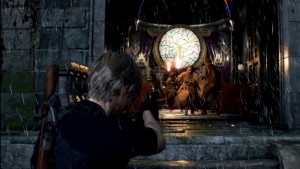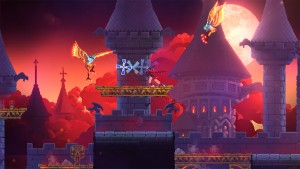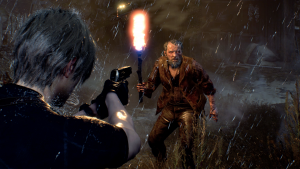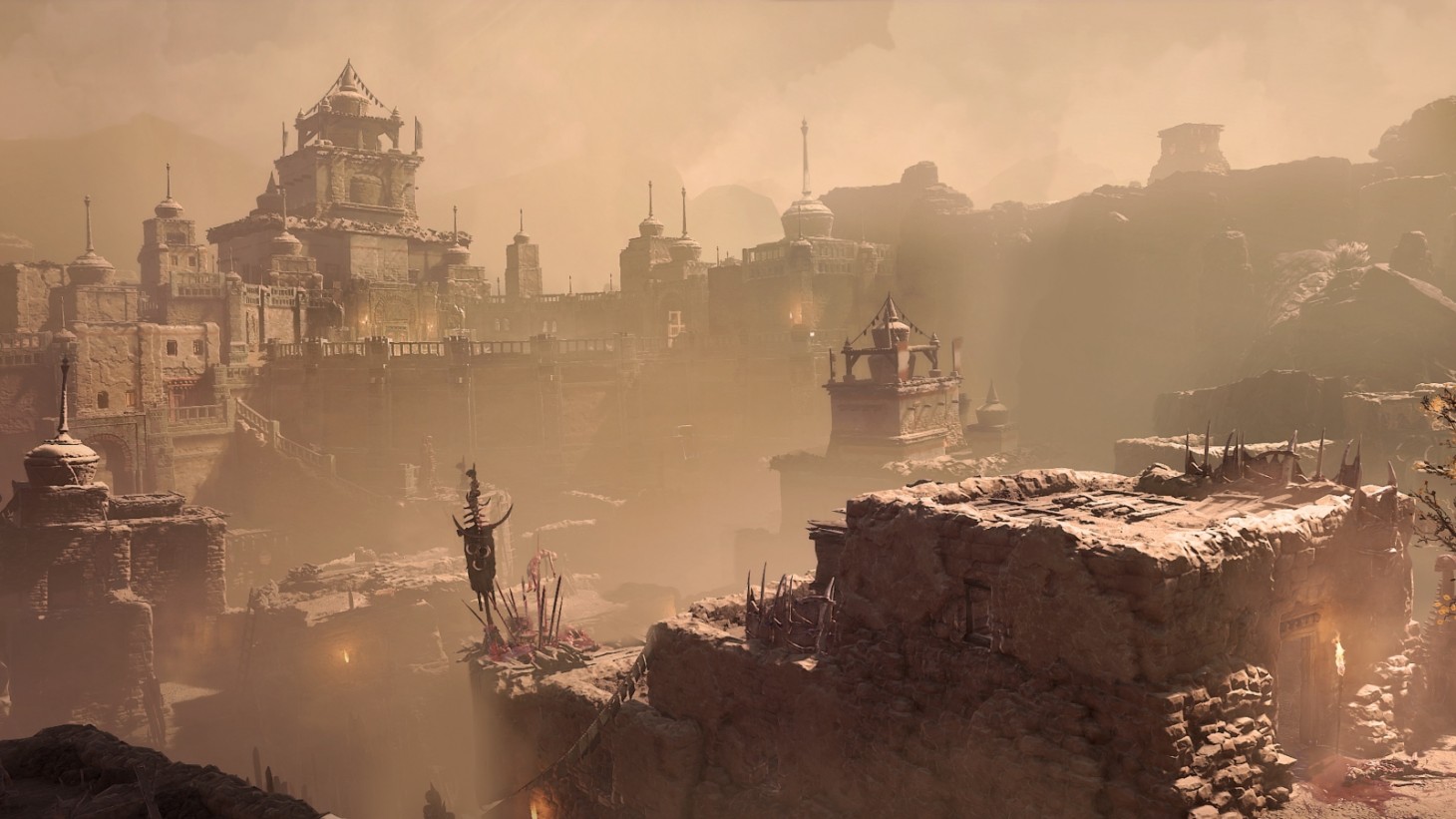
A Guided Tour Through The Five Regions Of Diablo 4's Sanctuary
With Diablo IV, Blizzard aims to revamp the danger-infested hellscape of Sanctuary. The world’s five explorable regions – Kehjistan, Scosglen, Fractured Peaks, Dry Steppes, and Hawezar – offer their own flavors of topography, cultures, quests, and, of course, monsters. Blizzard is going to great lengths to ensure these regions are not only fun for players to explore, but feature more narrative cohesion and a stronger sense of place.
Diablo veterans have explored regions of Sanctuary before, but this time they’re more than one-note areas highlighting a single climate or element, such as snow or desert. Each of them is biodiverse in its own right, with multiple biomes and threats exclusive to them. These realms also blend more naturally together; the lush green of one area gradually withers away into the parched brown of another region's dry canyon, for example. Villages and their residents better reflect the cultures and stories of their local areas, reinforcing the sense that regions feel like self-contained worlds filled with history, both new and old.
We spoke to Blizzard art director John Mueller, senior game designer II Dini McMurry, associate game designer Madeleine James, and senior game designer II Harrison Pink to get a snapshot of what these areas have to offer, including video clips highlighting each of them.
Kehjistan
This arid land draws its visual inspiration from the Middle East and the Mojave desert. Once a thriving civilization, it now lies in ruins buried under sand dunes dotted with oases and teeming with threats such as giant scorpions and plenty of bandits. Kehjistan (along with Hawezar) is also home to Truine cultists, a faction previously mentioned only in lore, making its first real appearance in a Diablo game. For Diablo III fans, Blizzard says players will get to see how Caldeum, the capital city, has fared in the many years since the events of that game. While the team doesn’t want to spoil plot details surrounding such an important campaign landmark, it does tease that the situation has been less than great.
Scosglen
Drawing inspiration from the highlands of Scotland, this scenic yet damp locale is great for those who enjoy rolling hills and white sandy beaches. You’ll have to keep an eye out for copious amounts of Drowned, undead bodies of souls that perished at sea, roaming Scosland’s coastline, including a particularly large population guarding an abandoned lighthouse at the continent’s peak.
“At the very end, there's this huge drowned, almost Queen if you will, called the Sea Hag,” says quest designer Madeleine James. “And she's, like, three times as big as all together drowned, and it's just like this, almost bloated mass of body parts, and so that's a really fun enemy to see at the end of that moment.”
Scoglen serves as the home for the shapeshifting, nature-loving druid class, their college, and a storyline tied to a Stronghold, Diablo IV’s co-op-focused events. A faction known as the Knights Penitent has also carved out a place for themselves here, alongside plenty of werewolves and giant spiders. The already inhospitable and dangerous Shrouded Moors area from Diablo III has been rebranded as the Blood Moors, a not-so-subtle sign the area’s fortunes have somehow plummeted even further.
Hawezar
Every good RPG needs a poison swamp, and Hawezar has that covered in spades. Blizzard looked at Florida’s marshlands and European swamps as a foundation and populated the zone with poisonous flora and fauna that’s sure to plague explorers. Perhaps the most hideous enemies residing here are the Nangari, new snake-like enemies whose bodies are laden with human appendages and multiple heads. “They’re really grotesque looking,” says senior quest designer and zone supervisor Harrison Pink.
Hawezar is partially occupied by soldiers representing the Order of Zakarum, a religion dedicated to following the light, who traveled to the region in search of a holy location. That expedition didn’t pan out, so the crusaders, several of them disillusioned and disgruntled, settled in the town of Zarbinzet. In addition to seeing these armored crusaders patrolling, players will spot several old Zakarum forts partially tilted and sinking into the saturated earth.
Fractured Peaks
This frigid region is home to the religious – and brutally draconian – authority known as the Cathedral of Light. Loosely based on the Carpathian Mountains, residents that can endure Fractured Peaks’ unbearably cold temperatures (some parts lie trapped in a blizzard) may find comfort in living under the Cathedral of Light’s protection – as long as they stay on their best behavior.
“They have a big pyre in the middle of one of their cities where they burn sinners, and that's totally normal and okay for them,” says Pink.
Other parts of Fractured Peaks aren’t perpetually frozen. Warmer areas are covered in melted snow that, in turn, creates waterfalls that flow into Hawezar’s swampy waterways. In one significant campaign quest, players visit Alabaster Monastery, the Cathedral of Light’s heavily guarded fort tucked away high up on a mountain. Players embark on a bone-chilling pilgrimage to reach it and prove their worthiness. Along that climb, there's a solid chance you'll be picked off by Khazra, AKA Goatmen wielding ice magic.
Dry Steppes
Dry grassland and rocky cliffs define this area, which lies nestled between Scosglen and Fractured Peaks. Featuring lava rivers, white sandy beaches, and multicolored geothermal pools inspired by Yellowstone National Park, it isn’t the most hospitable location, but a troop of barbarians managed to settle here after the decimation of their former home, Mount Arreat. In terms of threats, cannibal hordes terrorize caravans transporting precious water to towns, so expect to see mercenary parties protecting these transports from attacks. The Dry Steppes also features the salt flats biome where people have dug deep into the Earth, something Mueller points out as not being the best idea in this world while teasing a broader story for players to uncover.
Although the campaign acts as a globetrotting adventure across all of these zones, Blizzard says sidequests will mainly be localized. Don’t expect to pick up a mission in Hawezar that wraps up in Fractured Peaks. Sidequests focus on fleshing out each region’s stories and hardships, giving players an intimate look into the day-to-day lives of their inhabitants to complement the broader campaign narrative. Dungeons sport specific tile sets reflecting their respective areas, and the certain monster families in each region utilize a specific element. Expect to see more lightning-based enemies occupying drier areas, for example.
Diablo IV may be a return to the uber-dark tone and aesthetics of the first two entries, but Blizzard knows that its world can’t be one of constant sadness. Incorporating a variety of art directions in each region creates a more artistically diverse Sanctuary, one that players will feel inspired to step into no matter how dangerous it may be.
“It can be really easy to fall into that doom and gloom hole of darkness all the time,” says Pink. “But if you don't have some glimmers of life, some glimmers of hope and characters that you can actually care about, you're like, ‘why am I putting all this effort into saving Sanctuary from Lillith if everything just sucks all the time?’ So giving you some real sparks of humanity that you can hook into as a player to emotionally connect to is super, super important to us as a team.”
Diablo IV launches on June 6 for PlayStation 5, Xbox Series X/S, PlayStation 4, Xbox One, and PC. Players can jump in early in an open beta running March 24-26.
